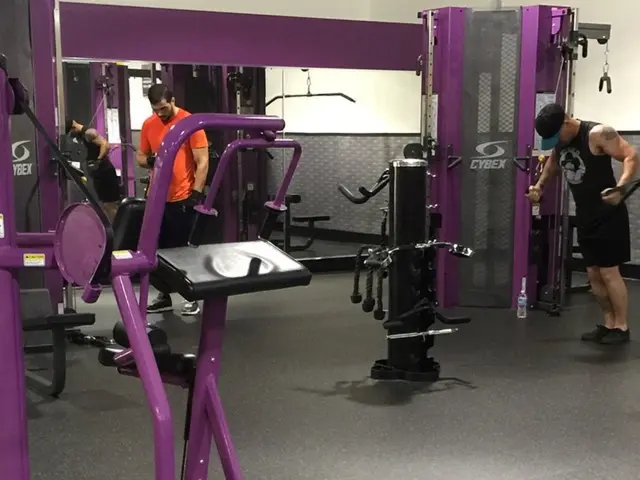Hand Dimensions in Adulthood and Childhood: An Examination of the Connection to Height
Hand size is an essential aspect of a child's physical development, playing a crucial role in their motor skills and activities. While hand size measurements may not be as frequently documented as other physical measurements like height or weight, understanding average hand sizes at different ages can help parents and guardians ensure a proper fit for gloves, sports equipment, and other items.
For children aged 6-10, average hand length measurements range from 5.2 to 6.5 inches, and average hand width measurements range from 2.5 to 2.9 inches. However, it is essential to note that hand size can vary greatly among children due to individual growth rates and genetic factors.
When it comes to glove sizes, a general guide for children can be helpful. For instance, a 6-month-old to 1-year-old typically requires XXS gloves, while a 1-2-year-old might need XS. As children grow, glove sizes increase accordingly, with 2-3-year-olds often requiring S, 3-4-year-olds M, 4-5-year-olds L, and 5-6-year-olds XL gloves.
It is important to remember that a glove should feel snug but not tight, and the fingers of the gloves should touch the fingertips but should not feel restrictive. When choosing a glove size, a person can pick gloves based on either the length or circumference of their dominant hand.
In terms of sports equipment, such as tennis rackets, measuring grip size is essential. The grip size can be measured from the top horizontal line across the palm to the tip of the extended ring finger of the dominant hand. Tennis Companion recommends testing a racket grip before buying. Racket sizes according to grip size range from 4 inches (Racket size 0) to 4 3/4 inches (Racket size 6).
Hand size is closely related to a person's height. In fact, hand length can predict height, according to a study that involved 465 adults aged between 19-91. This relationship between hand size and height can be observed in children as well, with hand size increasing in proportion to their overall physical development.
When considering hand size in children, it is essential to remember that each child develops at their own pace. While these guidelines can provide a general understanding of average hand sizes, it is always best to consult with a healthcare professional for personalised advice.
In conclusion, understanding average hand sizes for children at different ages can help ensure a proper fit for gloves, sports equipment, and other items. By following these guidelines and taking individual growth rates into account, parents and guardians can help promote healthy physical development in children.
- Other musculoskeletal disorders might also have a connection with a child's hand size, given its importance in motor skills, as revealed in the field of science, particularly health-and-wellness and pediatrics.
- In biology and biochemistry, understanding the relationship between hand size and body height can help us comprehend the growth patterns of a child's bones, contributing to a deeper understanding of their overall physical development.
- It's crucial to consider that the guidelines for glove sizes or sports equipment like tennis rackets are only approximate, as hand size can vary significantly among children due to factors like individual growth rates and genetic traits.
- For instance, a child with larger hands might find that they need to use other musculoskeletal disorders management strategies, including adapted gloves or special sports equipment, throughout their growth phase.




